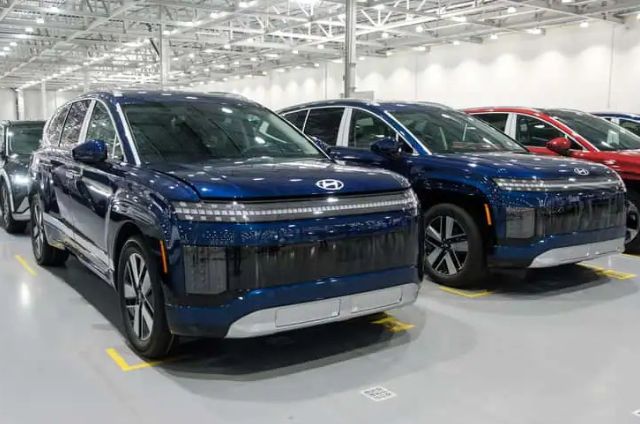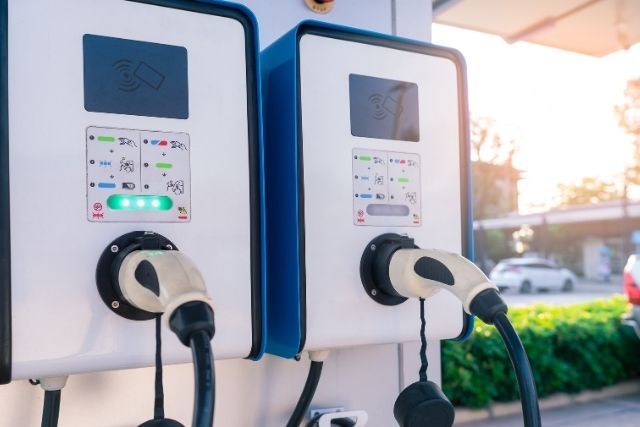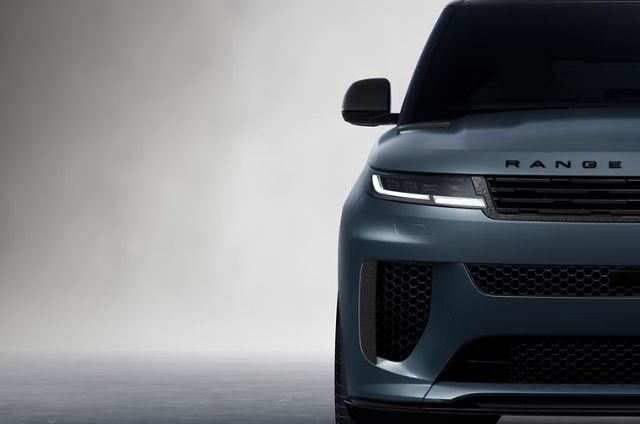Quiet, Smart, and Solar-Powered
Welcome to the future of carmaking. Hyundai’s new $12.6 billion Metaplant near Savannah, Georgia, is a massive, high-tech operation. It produces the Ioniq 5 and the upcoming Ioniq 9. It’s so quiet inside, workers don’t even need ear protection. Robots and automated platforms do the heavy lifting, while Spot—the robotic dog from Boston Dynamics—inspects welds.
Even cooler? A solar panel array in the parking lot generates 5.2 megawatts of energy. About 5% of the plant’s power comes directly from the sun. AI manages logistics. Hydrogen trucks move parts. It’s cleaner, quieter, and faster than most factories on the planet.
Why Hyundai Built This—Now
There’s a reason Hyundai picked this moment to go all-in on U.S. manufacturing. With former President Trump proposing a 25% tariff on imported vehicles and parts, foreign automakers are scrambling. By building EVs in America, Hyundai can avoid some of those costs—and maybe even keep prices competitive.
Global CEO José Muñoz confirmed it’s just the beginning. Hyundai plans to build 500,000 vehicles annually and open two battery plants nearby.
Will It Be Enough to Avoid Tariffs?
Not quite. Even with U.S. assembly, Hyundai still sources many components abroad. A Korean-built 2024 Ioniq 5 had just 1% U.S./Canadian content. But the 2025 U.S.-built version already jumped to 29% American-made parts. Batteries are still from Hungary—for now—but U.S. battery production should start this year.
That shift could push U.S. content beyond 60%, helping Hyundai qualify for tax credits and soften the blow of potential tariffs. Still, around 29% of the car’s content may face new fees. That could increase the Ioniq 5’s $42,500 price tag by thousands.
What It Means for Buyers
Hyundai is in a stronger position than most automakers. While competitors like Volkswagen, Mercedes-Benz, and Mazda rely heavily on overseas production, Hyundai’s U.S. factory gives it a real edge.
But no vehicle sold in the U.S.—not even one built in Georgia—is made entirely with American parts. If steep tariffs hit imported components, prices could rise across the board.
Still, the Metaplant’s scale and flexibility give Hyundai room to maneuver. With much of the supply chain shifting stateside, the company is better equipped to handle whatever comes next.



